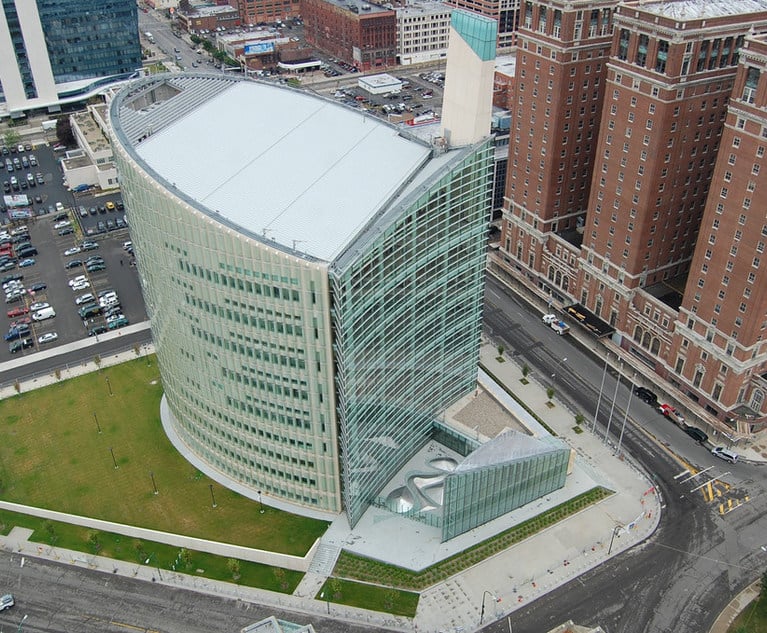Much of the environmental policy coming out of the White House and U.S. Environmental Protection Agency is contrary to the well-established position of scientists and climate experts who are raising serious alarms about the accelerating pace of global warming, species extinction, drinking water degradation and more. The current leadership of the EPA has defended itself mostly by arguing that policies of prior presidential administrations exceeded environmental statutory authority. Nowhere is the agency’s position more clearly on display than the recent rulemaking to limit the types of waterbodies protected by the Clean Water Act (the Rule). The Rule takes effect in late March 2020 and is widely expected to face immediate litigation from state attorneys general and environmental advocates. This article takes a closer look and concludes that by ignoring its own scientists, applying the narrowest reading to the Act and disregarding Clean Water Act case law, EPA has made the Rule extremely vulnerable to legal challenge.
Background on the Clean Water Act
The purpose of the Clean Water Act is “to restore and maintain the chemical, physical and biological integrity of the Nation’s waters.” 33 U.S.C. §1251(a). To that end, the Act prohibits a variety of activities, including discharging pollutants or fill without a permit into “navigable waters,” which are further defined as “waters of the United States, including the territorial seas.” 33 U.S.C. §1362(7). The reach of various other programs under the Act depend on the breadth of the term waters of the United States. See, e.g., 33 U.S.C. §1329 (Nonpoint Source Program). What is and is not a “water of the United States,” and, in turn, the scope of federal regulatory jurisdiction, has been a subject of extensive litigation. Before the Rule was issued, federal agencies had taken an expansive interpretation of jurisdictional waters, informed primarily by the evolving scientific understanding of the interconnected nature of water systems. But in fairness to critics, the U.S. Constitution requires (and Congress clearly intended) some limit on the Clean Water Act’s reach. What is it?


 Christopher Rizzo and Karen Meara, Carter Ledyard & Millburn.
Christopher Rizzo and Karen Meara, Carter Ledyard & Millburn.




